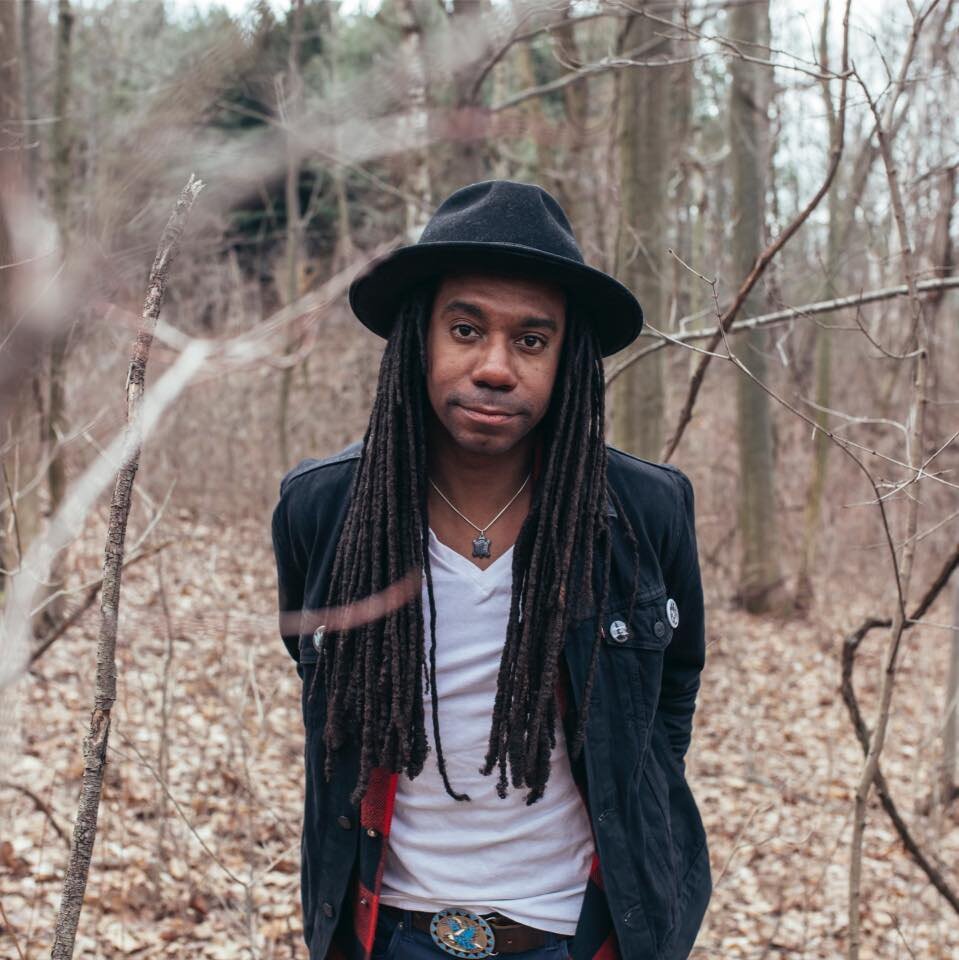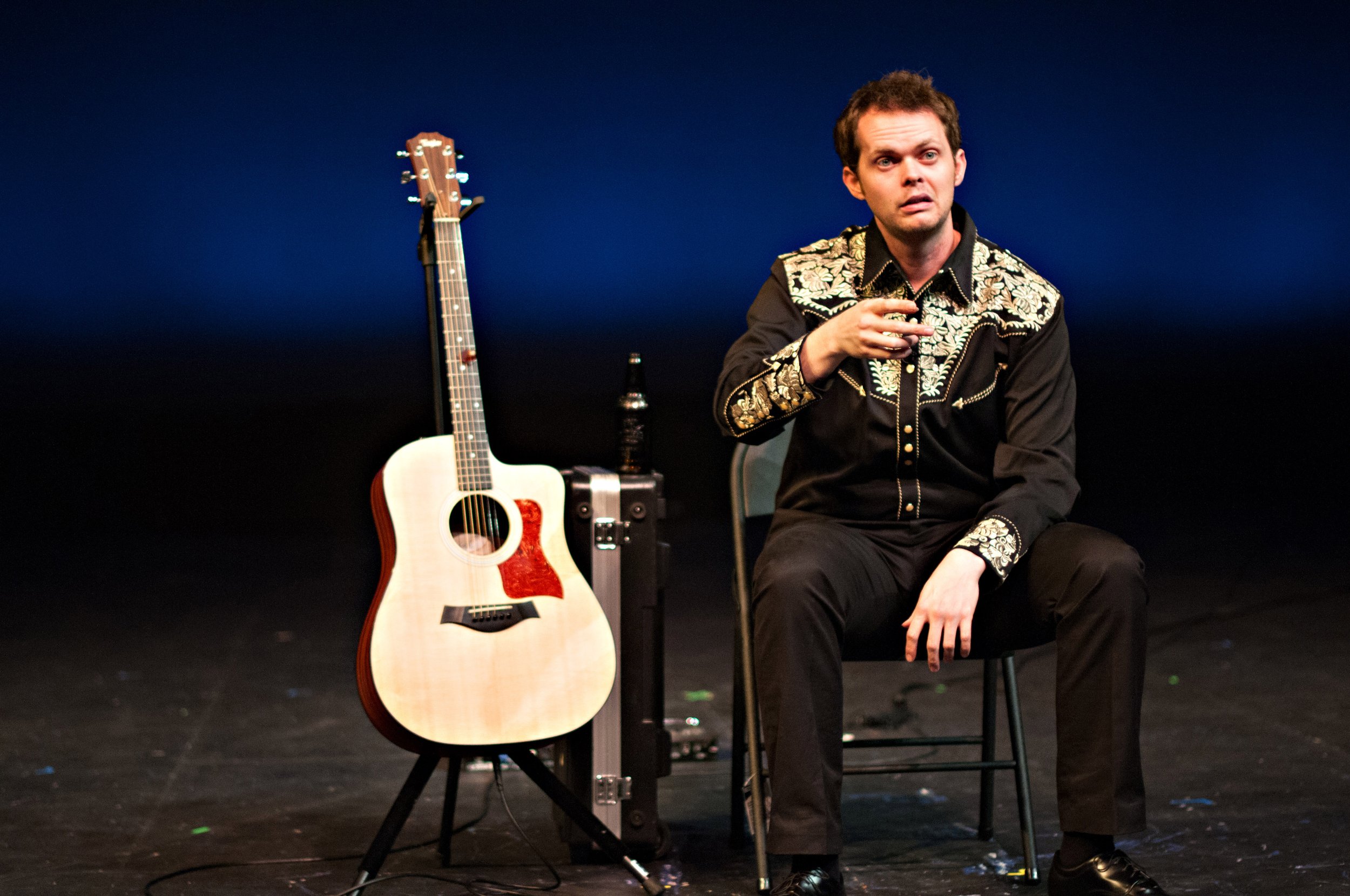Julian Taylor rediscovers his roots on The Ridge
Julian Taylor. Photo by Lisa MacIntosh Photography
Growing up Julian Taylor struggled to belong. Born of West Indian and Mohawk descent, Taylor was raised in Toronto in a predominantly white experience that left him feeling out of touch with his Indigenous and Black roots. However, music has always persisted as a way to connect with those around him.
With his latest release, The Ridge, Taylor has tapped into his roots and most intimate relationships more than ever before, resulting in arguably the artist’s biggest release in his 25 year career, which recently earned him nominations for English Songwriter Of The Year and Solo Artist Of The Year at the 2021 Canadian Folk Music Awards, to be held virtually April 9-10, 2021.
Originally scheduled for a Fall 2020 release, Taylor opted to release the album instead on June 19, also known as Juneteenth or Emancipation Day, following positive feedback from leaking one of the project’s eight songs, “The Human Race,” last spring. The advanced date also lined up with his late grandmother’s birthday.
“The lockdown in Toronto had just started and everyone was feeling really low. Scared and really low,” said Taylor. “I leaked a SoundCloud link of ‘Human Race’ and it seemed to really resonate with how folk were feeling. It’s an introspective song and people responded in a very kind and gentle way to it. When it came to moving up the album’s release Juneteenth jumped out due to my Black roots, everything going on at the time with Breonna Taylor and George Floyd, the state of the pandemic and the date also being my grandmother’s birthday. When the stars align like that you can’t ignore them.”
The album acts as a full-on confessional from Taylor with each song originating from conversations he’d record himself having with family, such as his grandmother and parents, to his younger self following meditative walks through the woods. The personal aspects of these songs have not only resonated with Taylor but also many of his listeners, in particular with the album’s title track about the summer days on his grandparent’s farm in Maple Ridge, British Columbia tending to horses and catching frogs with his sister in a nearby pond.
“I think at this stage of the game the more important thing is if my music and the telling of my experience has helped others feel like they belong or fit in somewhere,” said Taylor. “When I released The Ridge I remember getting a message from a Black person living on a farm in the United States. They told me just how much the song meant to them and how it helped tell the story of their similar experience.”
To help bring the personal feel to these songs Taylor enlisted a bevy of family members and longtime collaborators including cousins Gene (drums) and Barry Diabo (bass) as well as friend and producer Saam Hashemi, among others, to record at The Woodshed, a Toronto-based studio owned by Canadian alt-country powerhouse Blue Rodeo. In addition to the band he recorded with, Taylor further accelerated the organic feel of The Ridge’s eight songs by only sending rough skeleton’s of the songs he wanted to work on over to his bandmates 48 hours prior to jumping into the studio.
“I didn’t want anyone who would be playing on them to have a fully formalized idea of what they thought the song was to be. I wanted the songs to live and breathe naturally,” said Taylor. “Every summer before the pandemic I would be visiting my cousins in Kahnawake for the annual Pow Wow. It’s a big family reunion where we’d just jam by the fire or in the garage. I felt that trying to capture that feel and sound would be a lot of fun. Turns out it was.”
While The Ridge marks Taylor’s first official foray into folk following a quarter century spent between alt-rockers Staggered Crossing and his soul and funk-infused Julian Taylor Band, he enters the new musical arena like a seasoned pro with spiritual and meditative ballads such as “Ballad Of The Young Troubadour” and “Ola, Let’s Dance” to the Tex-Mex and Canadian-Western crossover on “Young Enough” and uplifting soundscapes of “Over The Moon.” The diversity of Taylor’s influences stems not only from his diverse upbringing but also his constantly growing musical palette, which ranges from Jim Croce and Bill Withers to The Bee Gees, John Prine, Ella Fitzgerald and many more.
That list of influences has only continued to grow in recent years following Taylor getting hired as the host of The Cruise on 106.5 ELMNT FM, an Indigenous radio station in Toronto, in May of 2018, along with the recent purchase of a jukebox, the later leading to neighbors, fans and listeners leaving countless 45 RPM records on his doorstep that has taken his already extensive music collection to new heights.
“It’s about being completely real with your music that gets me. Everything else, not so much,” said Taylor. “It’s not necessarily artist exclusive either. For example, ‘Harlem Shuffle’ by The Rolling Stones does nothing for me, but ‘Exile On Main Street’ does. There’s just something about it that I can hear, feel and relate to that’s not present in the other.”
It’s no doubt that the distinct personal touch and authenticity of The Ridge has played a big role in the album’s success and how it has resonated with people, particularly in a time when personal touch, connection and live music has been unceremoniously taken from most everyone’s lives due to COVID-19.
“I’m grateful for the recognition the album has received, particularly at a time when I’m not able to tour in support of it,” said Taylor. “At the same time I make sure to not let what I read about it go to my head too much. I do this for my family, my health and my sanity first and foremost. People have said that The Ridge is my breakout record, but I truly believe my breakout happened 25 years ago when I first got into the studio. It opened up the doors to what was possible and what still is possible.”
The Ridge was released June 19, 2020.
Listen to it here.












Chapter 1 will be released July 25.